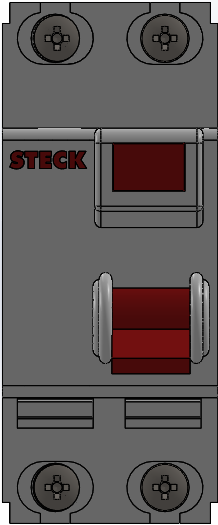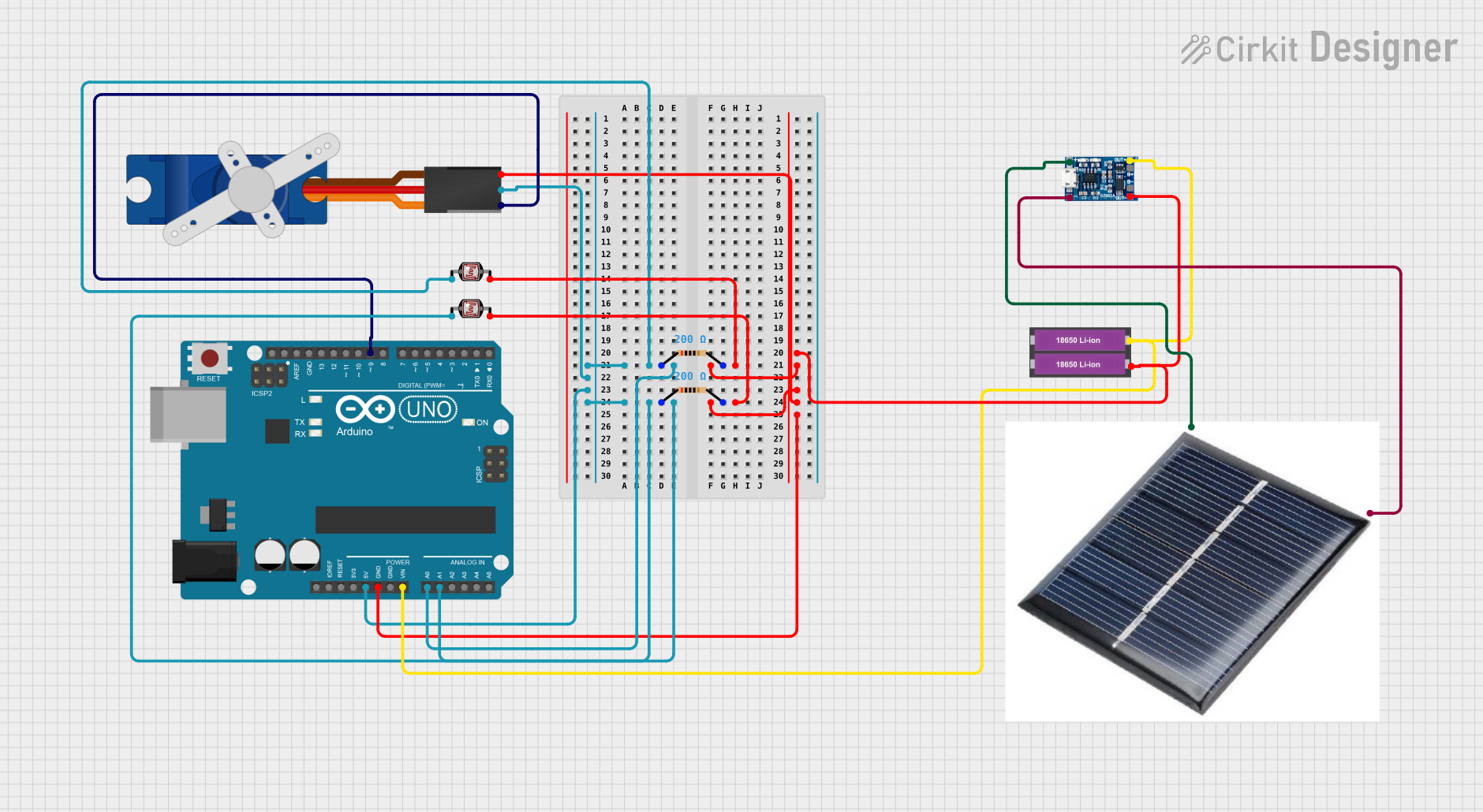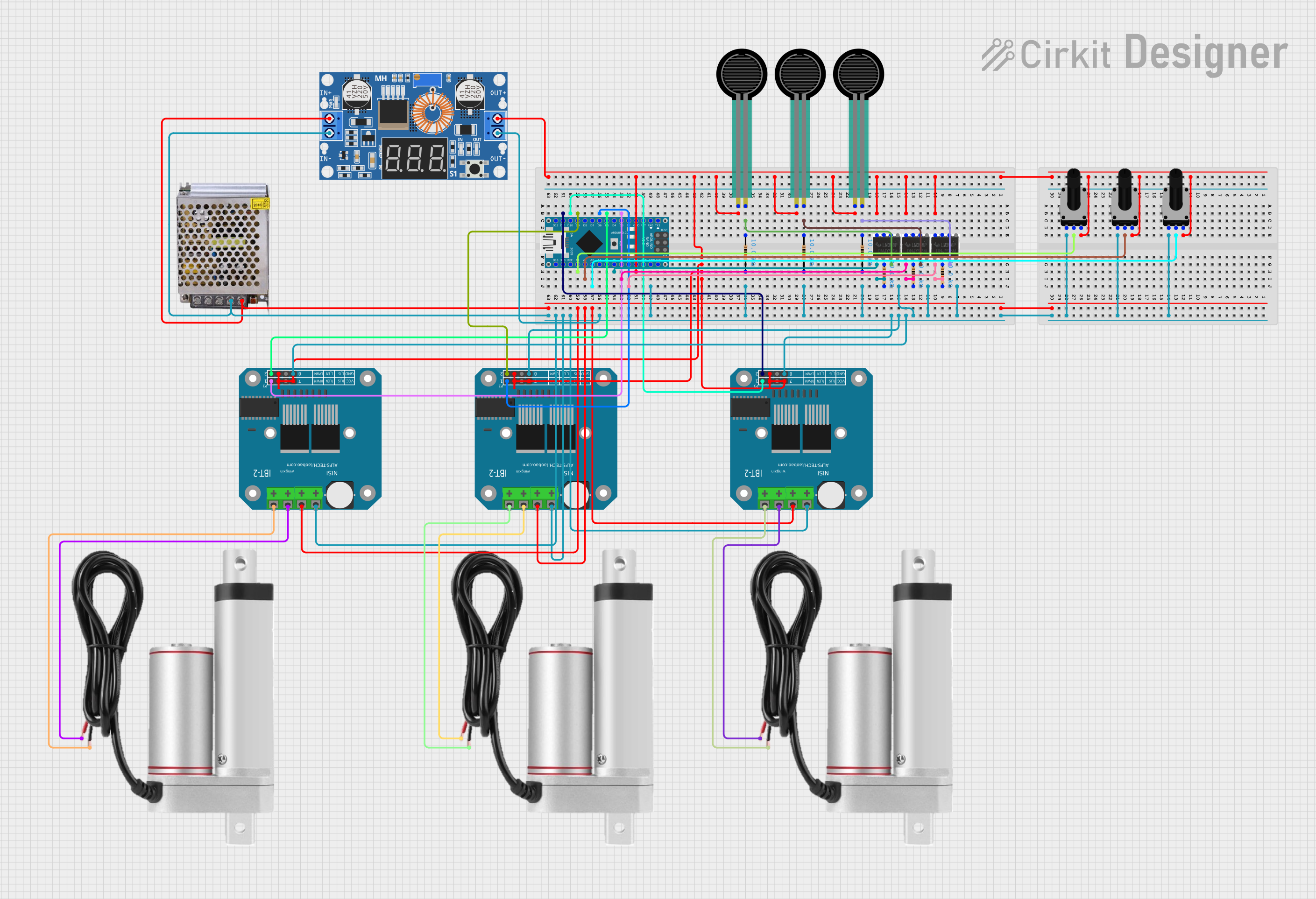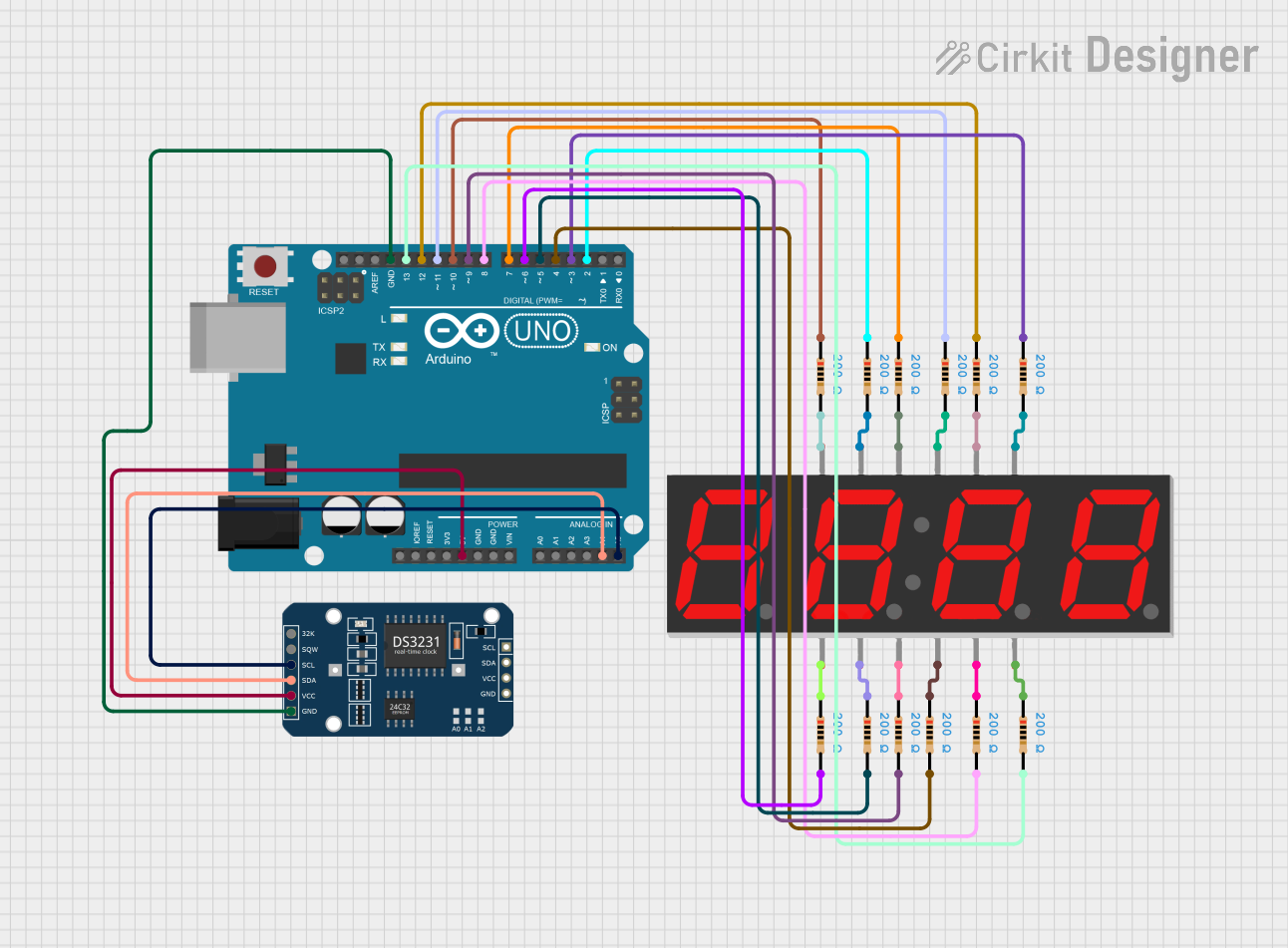
How to Use DISJUNTOR RESIDUAL: Examples, Pinouts, and Specs

 Design with DISJUNTOR RESIDUAL in Cirkit Designer
Design with DISJUNTOR RESIDUAL in Cirkit DesignerIntroduction
The DISJUNTOR RESIDUAL by STECK is a residual current device (RCD) designed to enhance electrical safety by detecting imbalances in electrical current. When an imbalance is detected, the device quickly disconnects the circuit, preventing potential electric shocks and reducing the risk of electrical fires. This component is essential in residential, commercial, and industrial electrical systems where safety is a priority.
Explore Projects Built with DISJUNTOR RESIDUAL

 Open Project in Cirkit Designer
Open Project in Cirkit Designer
 Open Project in Cirkit Designer
Open Project in Cirkit Designer
 Open Project in Cirkit Designer
Open Project in Cirkit Designer
 Open Project in Cirkit Designer
Open Project in Cirkit DesignerExplore Projects Built with DISJUNTOR RESIDUAL

 Open Project in Cirkit Designer
Open Project in Cirkit Designer
 Open Project in Cirkit Designer
Open Project in Cirkit Designer
 Open Project in Cirkit Designer
Open Project in Cirkit Designer
 Open Project in Cirkit Designer
Open Project in Cirkit DesignerCommon Applications and Use Cases
- Protection against electric shocks caused by ground faults.
- Prevention of electrical fires due to leakage currents.
- Use in residential electrical panels to safeguard household appliances and occupants.
- Industrial and commercial applications to ensure compliance with safety standards.
- Integration into circuits with high moisture exposure, such as bathrooms or outdoor installations.
Technical Specifications
The following table outlines the key technical specifications of the DISJUNTOR RESIDUAL:
| Parameter | Value |
|---|---|
| Manufacturer | STECK |
| Rated Voltage (Un) | 230V AC / 400V AC |
| Rated Current (In) | 16A, 25A, 32A, 40A, 63A (varies by model) |
| Rated Residual Current (IΔn) | 30mA, 100mA, 300mA |
| Frequency | 50/60 Hz |
| Breaking Capacity | 6 kA |
| Number of Poles | 2P (single-phase) or 4P (three-phase) |
| Operating Temperature | -5°C to +40°C |
| Mounting | DIN rail (35mm) |
| Standards Compliance | IEC 61008-1, IEC 61008-2-1 |
Pin Configuration and Descriptions
The DISJUNTOR RESIDUAL has input and output terminals for connecting to the electrical circuit. The table below describes the terminal configuration:
| Terminal | Description |
|---|---|
| L (Line In) | Connects to the live input from the power source. |
| N (Neutral In) | Connects to the neutral input from the power source. |
| L (Line Out) | Connects to the live output to the load. |
| N (Neutral Out) | Connects to the neutral output to the load. |
For three-phase models (4P), additional terminals are provided for the extra phases.
Usage Instructions
How to Use the Component in a Circuit
- Mounting the Device: Secure the DISJUNTOR RESIDUAL onto a standard 35mm DIN rail in the electrical panel.
- Wiring:
- Connect the live (L) and neutral (N) input terminals to the power source.
- Connect the live (L) and neutral (N) output terminals to the load (e.g., appliances or circuits).
- For three-phase models, ensure all phase connections are properly wired.
- Testing:
- Use the built-in test button to verify the functionality of the device. Pressing the test button should trip the breaker, indicating proper operation.
- Power On: Once all connections are secure, switch on the power supply. The device will monitor the circuit for residual current imbalances.
Important Considerations and Best Practices
- Ensure the rated current and residual current sensitivity (IΔn) match the requirements of your circuit.
- Regularly test the device using the test button to confirm it is functioning correctly.
- Avoid overloading the device beyond its rated current capacity.
- Install the device in a dry, well-ventilated location to prevent moisture-related issues.
- For circuits with high leakage currents (e.g., industrial equipment), select a model with a higher residual current rating (e.g., 100mA or 300mA).
Arduino Integration
The DISJUNTOR RESIDUAL is not directly compatible with Arduino or other microcontrollers, as it is a high-voltage safety device. However, it can be used in conjunction with Arduino-based monitoring systems by integrating current sensors or relays to detect the state of the circuit.
Troubleshooting and FAQs
Common Issues Users Might Face
Device Does Not Trip During Testing:
- Cause: Faulty internal mechanism or improper wiring.
- Solution: Verify the wiring connections and ensure the test button is functional. Replace the device if necessary.
Frequent Tripping:
- Cause: Leakage current in the circuit exceeds the residual current rating.
- Solution: Inspect the circuit for faulty appliances or damaged insulation. Consider using a device with a higher residual current rating if appropriate.
Device Does Not Reset After Tripping:
- Cause: Persistent fault in the circuit or damaged device.
- Solution: Check the circuit for faults and resolve them before attempting to reset. Replace the device if it remains unresponsive.
Overheating:
- Cause: Overloading or poor ventilation.
- Solution: Ensure the device is not overloaded and is installed in a well-ventilated area.
FAQs
Q1: Can the DISJUNTOR RESIDUAL protect against overcurrent?
A1: No, the device is designed to detect residual currents (leakage currents). For overcurrent protection, use a circuit breaker in conjunction with the RCD.
Q2: How often should I test the device?
A2: It is recommended to test the device monthly using the test button to ensure proper functionality.
Q3: Can I use the device in outdoor installations?
A3: Yes, but ensure it is installed in a weatherproof enclosure to protect it from moisture and environmental factors.
Q4: What happens if the device trips frequently?
A4: Frequent tripping indicates a potential fault in the circuit. Inspect the wiring and connected appliances for issues.